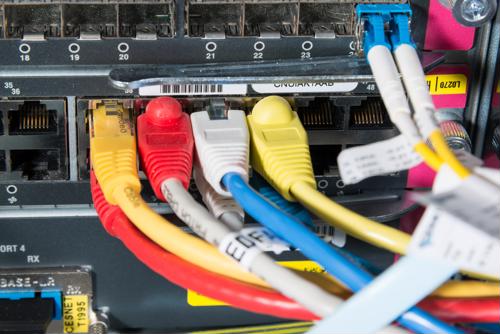
A closer look at the factors impacting data center pricing
By Donna DonnowitzFebruary 26, 2015
With such a wide range of data center storage providers vying for customers, each with its own unique technological applications and logistics, it's near impossible to develop a consensus on a single, dominant trend for pricing. However, taking a close look at the factors controlling data center costs (and subsequently, costs for their clients) does provide insight into how various sections of the market are likely to behave in the near future. These projections could provide vital information for IT decision makers looking to match their scaling and upgrade plans with their competition or provide those looking for new storage providers extra hints about the happenings inside the industry.
Demand is high while prices stay competitive
According to Enterprise Tech, major data center hubs like Dallas and Minneapolis are seeing such strong demand for storage that they can barely keep up. At the same time, the abundance of strong industry players in these cities is keeping price levels at a competitively low level across the board. Secondary markets are simultaneously exploding - new projects popping up in Portland, Ore. and Reno, Nev. point toward continued growth in these areas as well. Like in the major markets, the quick accumulation of competitors has helped to prevent massive upswings in cost. While a median price is difficult to determine, the resource did say that price movements appear to have leveled out in 2014.
Location, as always, is key
Part of the reason that major and secondary data centers are so impacted by location, and are willing to compete in such close proximity, is access to resources like fiber-optic cables. Even small cities like Chattanooga, Tenn. have famously coaxed business nearby by promising affordable access to better connections. Data centers on the edges of fiber communities can benefit from the technology as well, thanks to tools like fiber-to-Ethernet hardware which makes it easier and cheaper to introduce fiber-optic cables to facilities with legacy copper lines.
The skies the limit as services combine
Data center pricing certainly doesn't seem to be getting any cheaper. The uncertainty over price trends instead revolves around how much more expensive these services could become, and how much that price increase is likely to be drive by the convergence of services. Data Center Knowledge pointed out that extra services will determine how much a data center can charge its clients as storage becomes even more commoditized.
Perle has an extensive range of Managed and Unmanaged Fiber Media Converters to extended copper-based Ethernet equipment over a fiber optic link, multimode to multimode and multimode to single mode fiber up to 160 km.



